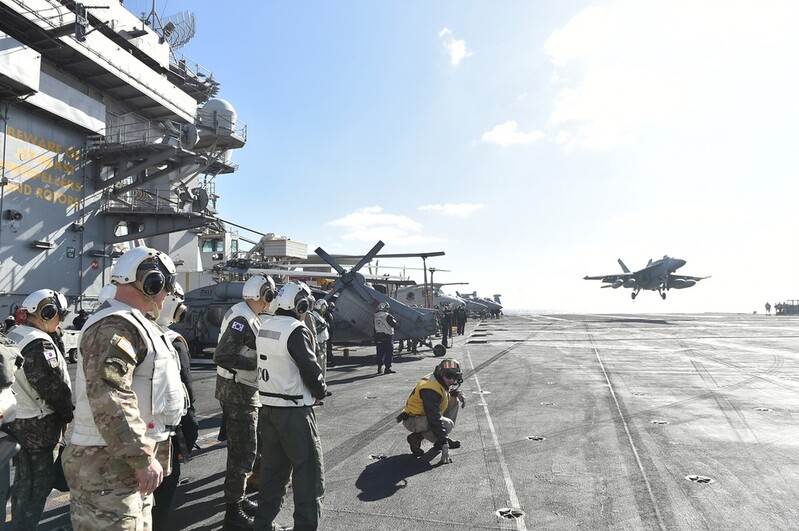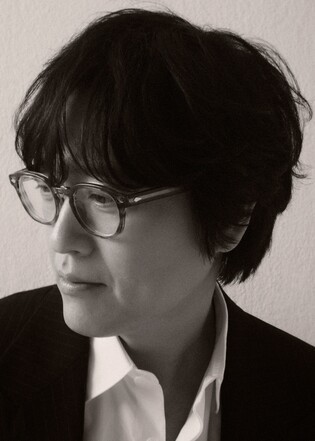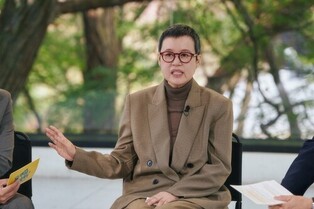 |
| ▲ South Korea, the United States and Japan jointly conduct naval drills in waters south of the Korean Peninsula, in this photo provided the Joint Chiefs of Staff on Jan. 17, 2024. (PHOTO NOT FOR SALE) (Yonhap) |
 |
| ▲ Joint Chiefs of Staff (JCS) Chairman Adm. Kim Myung-soo (3rd from L) and Gen. Paul LaCamera (2nd from L), the commander of United States Forces Korea, the United Nations Command and the Combined Forces Command, visit the USS Carl Vinson aircraft carrier on Jan. 15, 2024, to observe a trilateral naval drill involving South Korea, the U.S. and Japan held in waters south of the Korean Peninsula, in this photo provided by the JCS. (PHOTO NOT FOR SALE) (Yonhap) |
(LEAD) trilateral drill-aircraft carrier
(LEAD) S. Korea, U.S., Japan stage joint naval drill involving aircraft carrier
(ATTN: UPDATES with USFK commander's remarks in paras 8-11; ADDS photo)
By Kim Eun-jung
SEOUL, Jan. 17 (Yonhap) -- South Korea, the United States and Japan have jointly conducted naval drills in waters south of the Korean Peninsula following North Korea's recent launch of a hypersonic missile, the Joint Chiefs of Staff (JCS) said Wednesday.
The joint exercise took place in southeastern waters off Jeju Island involving nine warships of the three nations, including the U.S. nuclear-powered aircraft carrier USS Carl Vinson, from Monday to Wednesday.
The South Korean Navy's Aegis combat system-equipped destroyers and the Japan Maritime Self-Defense Force's Kongo-class destroyers joined the maritime exercise.
It began a day after North Korea test-fired a solid-fuel intermediate-range ballistic missile carrying a hypersonic warhead into the East Sea in its first missile launch this year.
"The exercise is aimed at bolstering the three nations' deterrence and response capabilities against North Korea's nuclear and missile threat as well as maritime threats," the JCS said in a release.
"It also focused on responding to maritime security threats, including transporting weapons of mass destruction, and enhancing the trilateral cooperation in establishing the rules-based international order," it added.
It marks the first trilateral drill held after Washington and its Asian allies launched a real-time sharing system for North Korea's missile launches and agreed to jointly establish a multiyear exercise plan to better counter Pyongyang's evolving threat.
On the first day of the exercise, JCS Chairman Adm. Kim Myung-soo and Gen. Paul LaCamera, the commander of United States Forces Korea, visited the aircraft carrier.
"The sailors conducted critical training to continue to enhance interoperability among our navies," LaCamera, who also serves as the commander of the United Nations Command and the South Korea-U.S. Combined Forces Command, said in a release.
"Trilateral exercises like these help to maintain readiness of our naval forces and sharpen our combined skills," he added.
Kim also highlighted the importance of the trilateral cooperation and vowed to step up the combined posture in accordance with the multiyear exercise plan, the JCS said.
The latest drill came amid heightened security concerns following the North's latest test-firing of a hypersonic missile, which is considered harder to detect and shoot down.
Hypersonic missiles fly at speeds of at least Mach 5, referring to five times the speed of sound, and are highly maneuverable and able to change course during flight.
A hypersonic weapon is among the list of high-tech weapons that North Korean leader Kim Jong-un vowed to develop at a party congress in 2021. The North test-fired a liquid-fuel hypersonic missile in January 2022.
(END)
<저작권자(c) 연합뉴스, 무단 전재-재배포, AI 학습 및 활용 금지>
(C) Yonhap News Agency. All Rights Reserved




















![[가요소식] 조항조, 새 싱글](/news/data/20251116/yna1065624915927473_582_h2.jpg)










